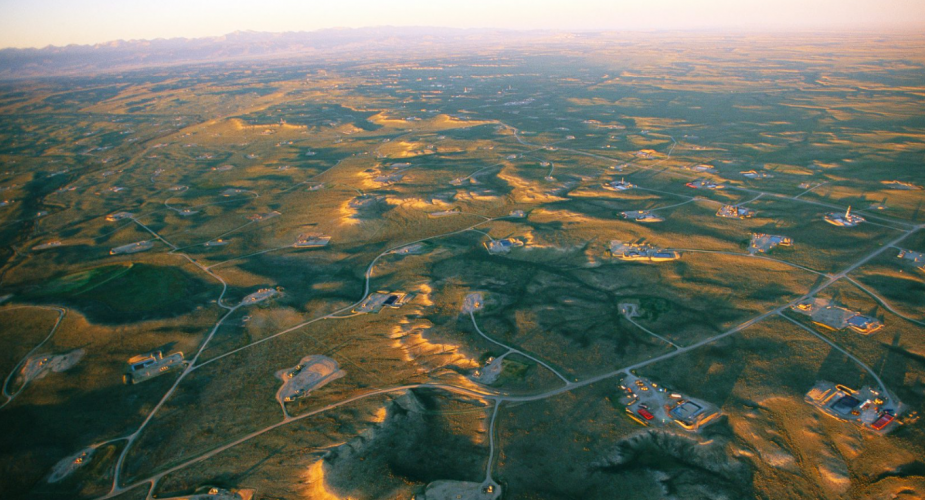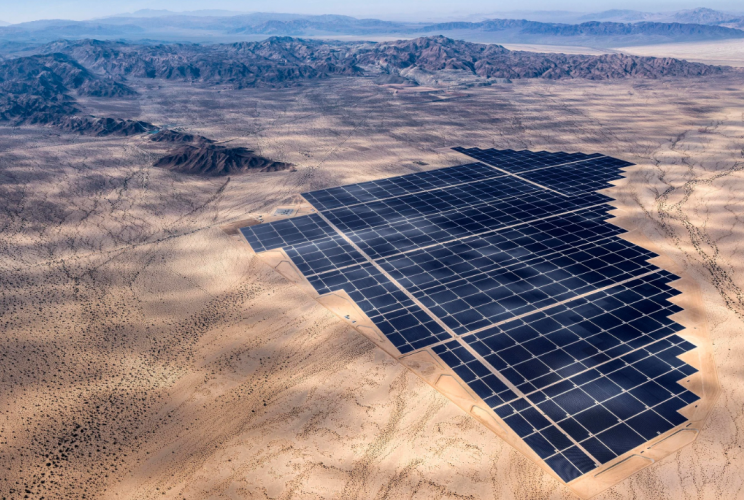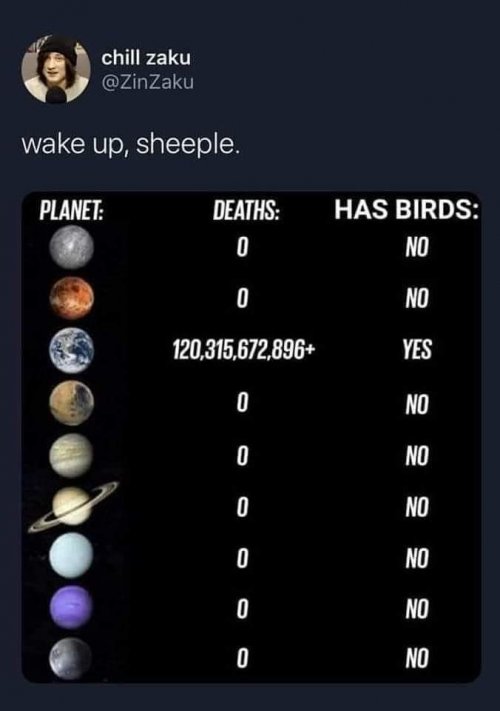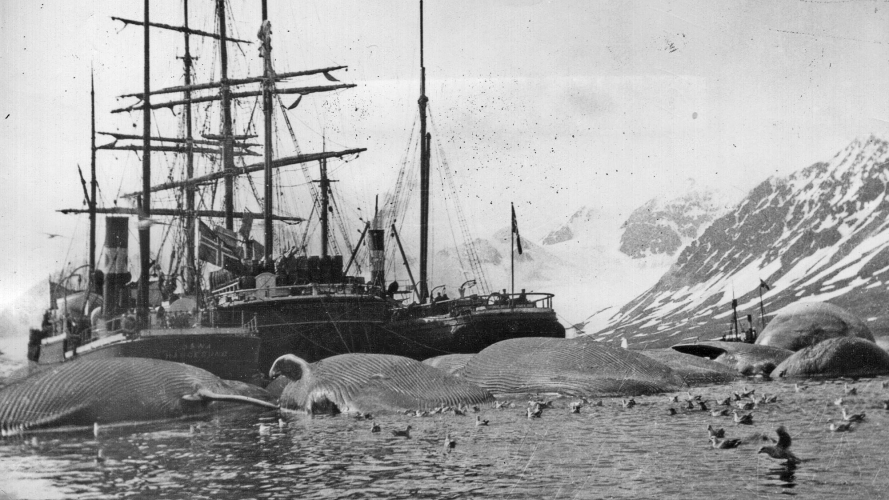I get what your saying...
I can just as easily say... yeah well that's what happens in the desert, I can take you to active oil wells in lots of spots that you can barely find because things grow back so fast.
Which again is totally irrelevant because you level 1000 acres in ND for solar panels you're going to have the exact same effect, which is my point. You're just swapping a more surface use intensive form of energy for another and slapping a green sticker on it.
I can take you to pristine rivers that will kill you because the PFAS is so fricking high after stuff grew back so fast.










